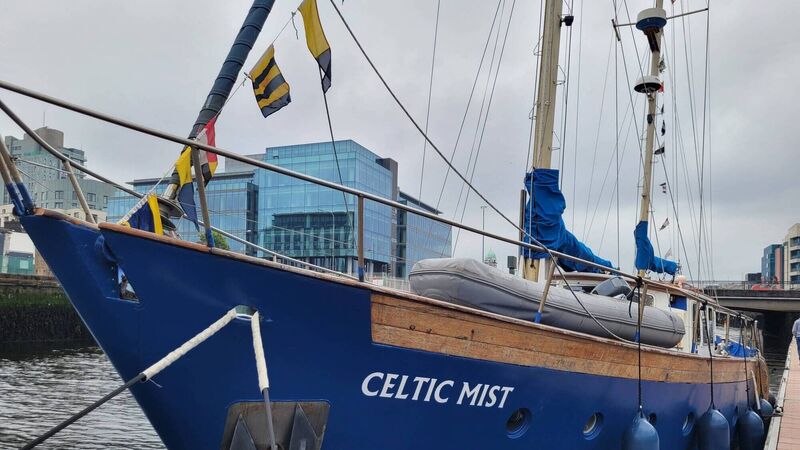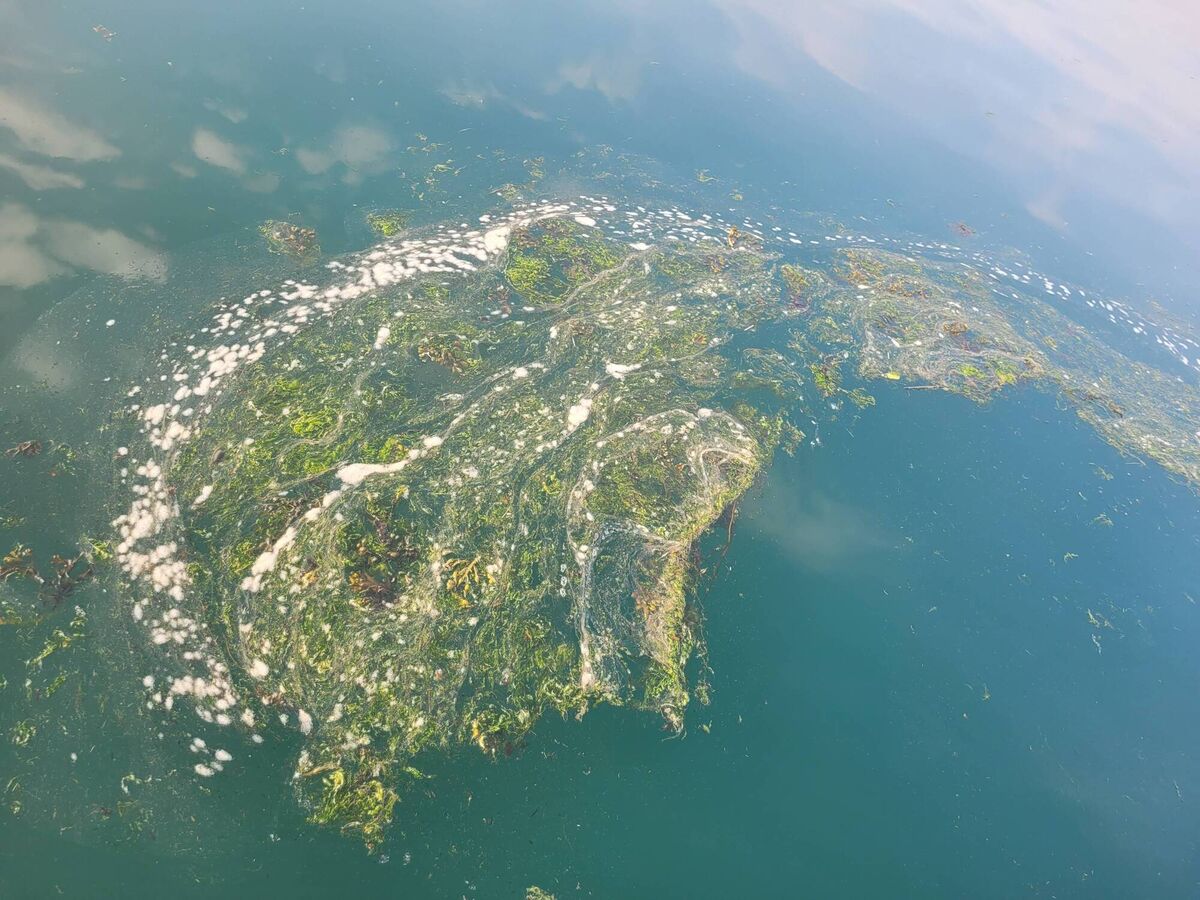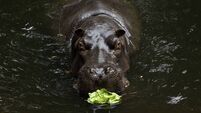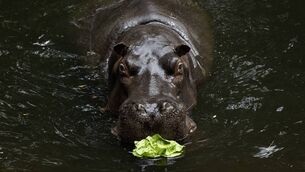Marine Protected Areas must control fishing to be effective

The IWDG's research vessel, the Celtic Mist
Legislation to allow for the creation of Marine Protected Areas (MPAs) is due to be passed by the Oireachtas later this year.
The aim will be to protect at least 30% of Ireland’s seascape within MPAs by the end of this decade.
This is the minimum that scientists tell us is needed for the recovery of marine life — something that is essential if we are to address the biodiversity and climate crises.
But unlike protected areas on land, which tend to be places that are familiar and distinctive, the sea can be impenetrable, its life forms unfamiliar, its beauty and diversity barely glimpsed by all but the most committed.
The Irish Wildlife Trust is part of a coalition of groups that make up Fair Seas ( fairseas.ie) and part of the work we have undertaken so far is an analysis of where MPAs should be located.
Although the surface of the sea looks pretty much the same no matter where you are, beneath the waves is a very different story. Life congregates in some places while others can be barren.
So it’s critical that we put the MPAs in places that protect the maximum amount of biodiversity. One of those places is the southwest coast, roughly from the mouth of Cork Harbour west to the Beara Peninsula and covering an area of more than 7,300 km2.
It is known to be a hotspot for some of the largest animals on earth: fin and humpback whales and basking sharks, as well as a range of seabirds and commercially important fish which were once abundant in this region such as herring and whiting.
To get an idea of what this potential MPA is like I joined the Irish Whale and Dolphin Group’s (also a Fair Seas member) research vessel the Celtic Mist for a week-long scientific expedition from Cork City to Baltimore.
For six days we charted a zig-zag course, heading out to sea and then back towards land, with observers stationed on either side of the boat searching for whales and dolphins as well as noting marine litter and pots set for crabs and lobsters (the ropes can entangle whales).
This is valuable data that can be used to accurately estimate whale populations and how they use particular areas.
These seas have become well known in recent years for the numbers of whales and a number of tourist boat operators provide a popular outing for an increasingly interested public.
The images on social media of lunge-feeding humpback whales or spouting fin whales can give the impression that these waters are teeming with the animals. But a week at sea with beautiful warm weather and calm seas revealed no whale sightings whatsoever.
What I did see were lots of boats.
The mouth of Cork Harbour is busy with every kind of craft from tourist cruisers and luxury mega-yachts to fossil fuel and cargo tankers. Near the shore, there are lots of people enjoying the water, sailing, rowing, or angling.
And then there’s the fishing. Commercial fishing is a shadow of what it was in the 1980s but even now the pressure is unrelenting. There is virtually nowhere that isn’t bottom trawled while pair-trawling for the small fish (sprats) that make up the base of the food chain for the whales and seabirds, continues unabated and unregulated.
My days on board the Celtic Mist coincided with a marine heatwave that saw sea surface temperatures up to 5°Celsius above normal. While we were anchored off Courtmacsherry our boat was surrounded by the froth and green scum that is associated with too much nutrient pollution from dairy farming in this area.

It seems that instead of going all out to protect and restore our precious ocean we are going all out trying to kill it.
An MPA designation, were it to happen, must exclude all the harmful fishing activities, especially the bottom trawling and pair trawling for sprat.
It would designate some areas that are off limits to all fishing, sometimes called ‘no take zones’, as these provide the maximum benefit for marine life.
But we also know that there is fierce resistance to these ideas, which is one reason why the few MPAs we do have are merely ‘paper parks’. But we must overcome this resistance if we are to restore our seas to a healthy state.
Why not take part in Fair Seas’ Ocean Literacy Survey to find out how well people in Ireland know the waters around us and how they use them?
- Pádraic Fogarty is an ecologist and environmental scientist and Irish Wildlife Trust campaign officer







